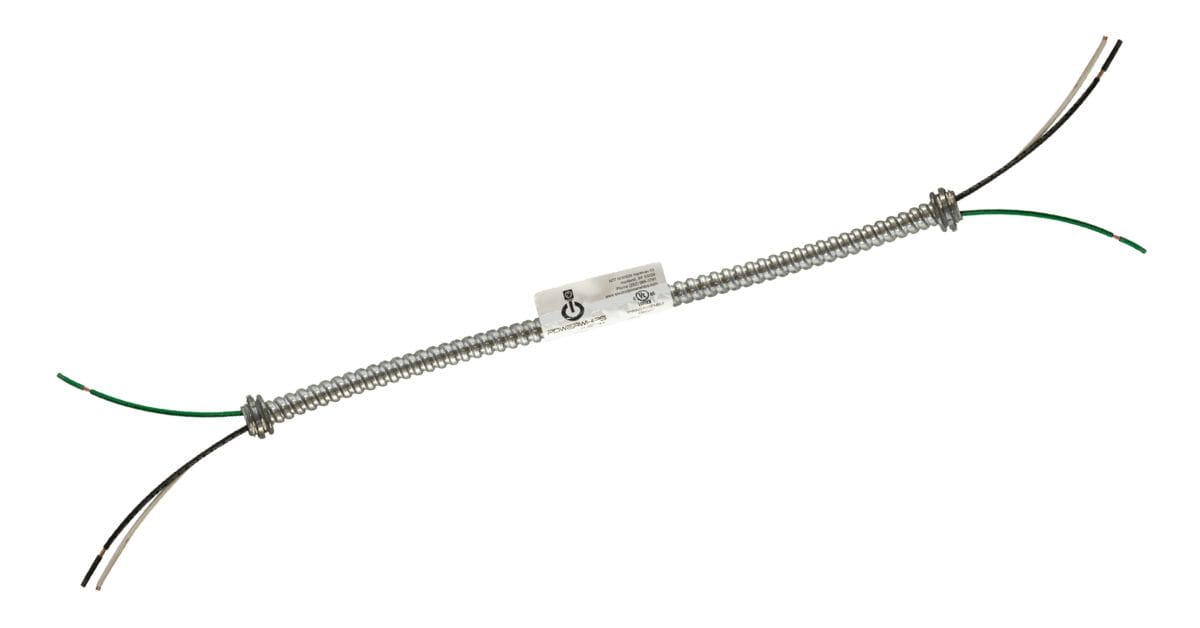
Reliable power distribution plays a crucial role in data center operations. Shielded power cables prevent electrical interference and protect equipment from disruptions. Choosing the right shielding method improves efficiency, enhances performance, and minimizes downtime.
The Purpose of Power Cable Shielding in Data Centers
Understanding data center power cable shielding starts with recognizing how it prevents electromagnetic interference (EMI). Data centers house thousands of interconnected cables, creating the potential for signal disruptions. Shielding reduces interference, allowing power to flow smoothly without affecting nearby communication lines.
Beyond EMI protection, shielding strengthens cables against external electrical noise. With so much energy running through a facility, unshielded cables risk voltage fluctuations and power inconsistencies. Reinforced shielding stabilizes electrical flow, safeguarding sensitive equipment from unexpected disruptions.
Types of Shielding Used in Power Cables
Different shielding materials offer unique advantages, depending on a data center’s layout and power demands. Foil shielding wraps cables in a thin aluminum layer, blocking high-frequency interference while keeping the cable lightweight. This type works well in structured cabling environments where space is limited.
Braided shielding, made from interwoven metal strands, protects against lower-frequency interference. Heavily shielded cables combine foil and braided layers, providing maximum protection in high-density power applications. Selecting the right shielding depends on the power load, cable arrangement, and surrounding equipment.
How Shielding Enhances Power Distribution Efficiency
Shielded cables contribute to more stable power distribution by reducing energy loss and interference. In high-density server environments, cables run parallel to networking lines, creating the possibility of electrical crossover. Proper shielding prevents unwanted energy transfer, preserving the integrity of power and data signals.
At Electrol Powerwhips, we provide data center power whip products that maintain steady power flow while minimizing interference risks. Eliminating interference also improves overall system efficiency. Power fluctuations strain electrical components, causing premature wear on equipment.
Installation Considerations for Shielded Power Cables
To fully understand data center power cable shielding, you must understand how installation impacts performance. Proper grounding prevents shielding from trapping excess energy, which can lead to electrical buildup. A well-grounded cable disperses unwanted currents safely, reducing potential hazards.
Cable routing also impacts shielding effectiveness. Placing power cables too close to unshielded data lines increases the risk of interference. Separating them into designated pathways preserves both power stability and network performance.
Choosing the Right Shielded Cables for Your Data Center
Selecting the right shielding requires evaluating power demands, surrounding equipment, and environmental factors. High-frequency interference calls for foil shielding, while heavy electrical loads benefit from braided reinforcement. Matching the shielding type to operational needs optimizes performance and longevity.
Upgrading to shielded power cables enhances efficiency across data center operations. At Electrol Powerwhips, we supply high-quality power cable solutions that support stable and interference-free energy distribution. Investing in well-designed shielding improves reliability and protects valuable infrastructure.
